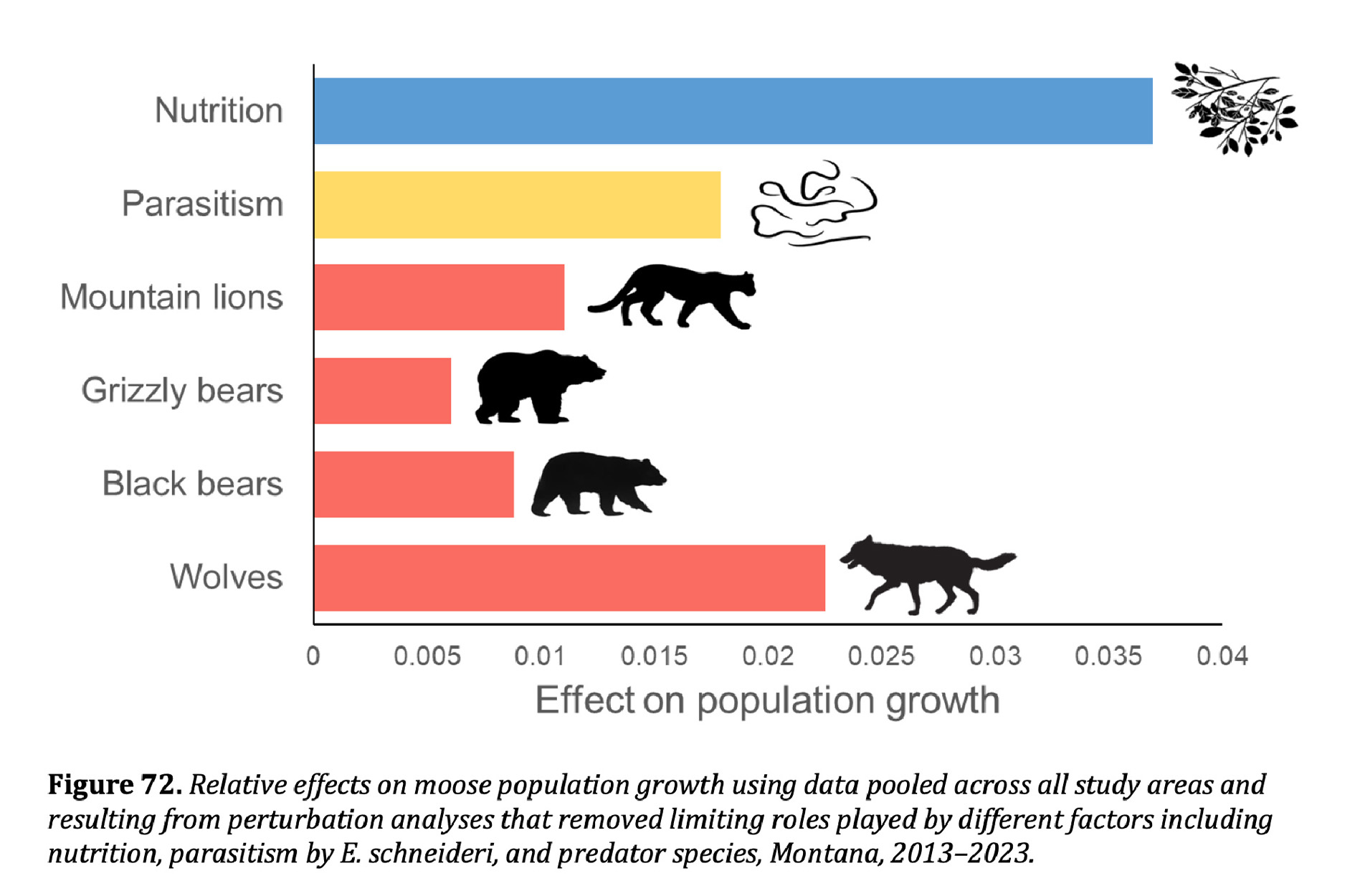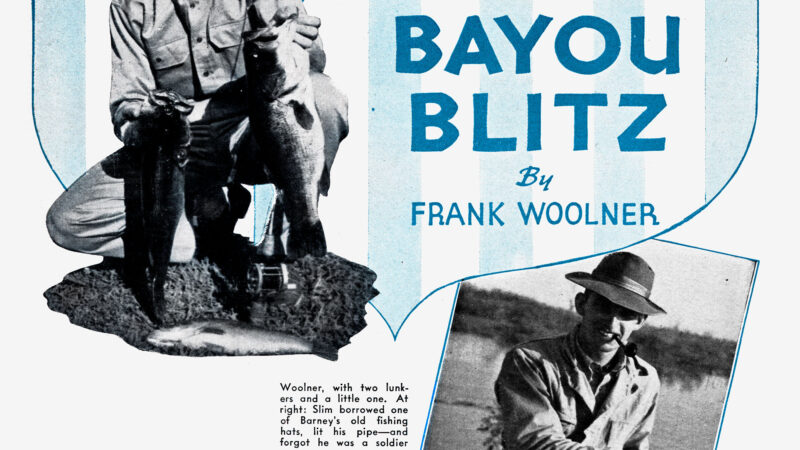Montana Hunters Were a ‘Tremendous Workforce’ in 10-Year Moose Study that Showed Stable Populations Statewide
A decade-long research project studying cow moose in Montana recently came to a close, and researchers say big-game hunters played a major role in the study. The results are also giving biologists with Montana Fish, Wildlife, and Parks reasons to feel optimistic about the species’ future in the Treasure State.
The project began in 2013, when there were real concerns about Montana’s moose populations. Wildlife managers were seeing lower hunter success rates, and at that time, harvest reports were their lone source of insight into moose numbers. Combined with worries over increasing predator numbers and unpredictable winters, these circumstances had led managers to cut moose tags by more than 50 percent, the study’s authors explain.
But the final results of the 10-year study, which focused on cow moose in the Cabinet and Salish Mountains, the Big Hole Valley, and the Rocky Mountain Front, were encouraging, says project lead and MFWP biologist Nick DeCesare. The study showed annual statewide estimates of between 9,871 to 11,744 moose, with an average of 10,383 moose, which MFWP called “unprecedented for moose in Montana.”
Read Next: Video: Bull Moose Sniffs Hunter’s Rifle Barrel
“There were indications of decline in Montana’s moose population when we started the study,” DeCesare writes in an email to Outdoor Life. “But fortunately, the current numbers appear to be stable at a statewide scale.”
MFWP biologists captured and collared 193 cow moose across the three study regions in 2013, and then monitored those cows during the 10 years that followed. They looked closely at population trends and the factors that most impact moose survival. This included predation (from wolves, bears, and mountain lions), disease, weather, habitat, and forage availability.

Graph by MFWP
Ultimately, the study found that the availability of nutritional forage had the largest impact on moose population growth across the three study areas. The second- and third-most impactful factors were wolf predation and parasitism by carotid arterial worms (E. schneideri). Researchers also noted that while ticks weren’t as impactful on moose as they have been in some Northeastern states, the potential for less snow in the future could lead to higher tick numbers.
Another goal of the project was to figure out a cheaper and more effective way to count moose in Montana. Although they are large animals, moose are surprisingly good at staying hidden, and they aren’t as noticeable from the air as elk and deer, DeCesare explains.
“Moose are widespread across Montana but occur at low densities, in relatively solitary groups of one to a few, and in often densely vegetated habitats. All of [these factors] make them difficult to monitor with aerial survey techniques commonly used to count deer and elk.”
Wildlife research is always logistically challenging and expensive. And in this particular project, DeCesare says, the hunting community stepped up to help in more ways than one. The study was partly funded by the sale of auction moose tags — which regularly sell for tens of thousands of dollars — and additional matching funds from Pittman-Robertson dollars. (These funds come from hunting license fees and excise taxes hunters and recreational shooters pay on guns, ammunition, and gear. Read more on how wildlife conservation is funded here.) Safari Club International also contributed two conservation grants, according to the research acknowledgements.
But hunters didn’t just help pay for the research; they were also a valuable source of information.
Watch Next: Persistence Pays When Hunting Moose
Montana’s big-game hunters account for some 2 million hunter-days per year, and those extra sets of eyes proved extremely useful for MFWP. Two years into the study, the agency started asking deer, elk, and moose hunters to share their moose sightings in annual post-hunt surveys. Researchers recorded an average of 2,901 moose observations by hunters annually over the next eight years. Successful moose hunters also contributed valuable information on the health and body condition of the moose they harvested.
“Hunters represent a tremendous workforce of boots on the ground each fall,” DeCesare says. “[This] can yield powerful data so long as they are willing to work with us to share what they observe each season.”
The post Montana Hunters Were a ‘Tremendous Workforce’ in 10-Year Moose Study that Showed Stable Populations Statewide appeared first on Outdoor Life.
Source: https://www.outdoorlife.com/conservation/montana-hunters-help-moose-study/





